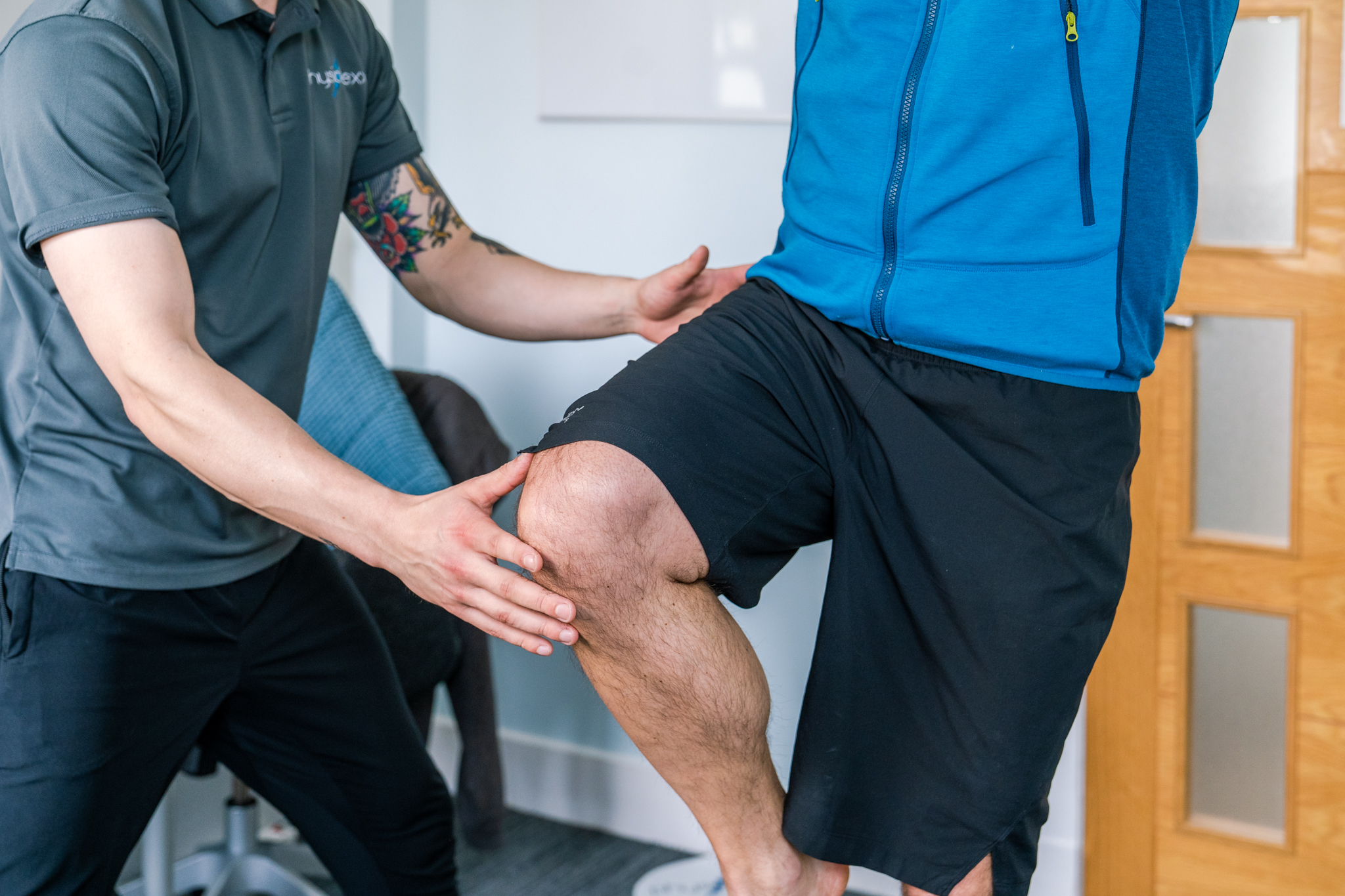Temporomandibular Disorder (TMD)
Temporomandibular Disorder (TMD) is a broad term that describes disorders of the temporomandibular joint (the jaw). It is a condition affecting the movement of the jaw and its associated anatomical structures.
There are numerous conditions and reasons for it causing pain. Inflammatory conditions within the joint (intra- articular) can be caused by direct trauma (like a blow to the chin or jaw). Indirect trauma, like grinding, clenching of the jaw or loss of dental height due to worn down or missing teeth can also be the cause.
The disorder may be out with the joint (extra- articular) due to an imbalance or over-activity of the jaw muscles. Commonly, this will be your muscles of mastication or the neck muscles. Muscle spasm can cause significant pain and limitation to the movement of your jaw.
Neck postural disorders can cause jaw pain. There is a strong correlation between postural dysfunction of the cervical spine and TMD.
Symptoms:
Signs of TMD include pain around your jaw, ear and temple with clicking, popping or grinding noises when moving the jaw. You may experience jaw locking when opening the mouth or moving the jaw. Headaches around the temples are very common and mostly presents in one side. Sometimes the pain may be worse not only with jaw moving (chewing) but also due to increased stress.
Top Tips:
Tips to reduce your jaw pain;
- Soft food diet while your condition is acute. This helps to reduce the pain and swelling more quickly.
- Avoid activities such as resting the chin on the hand, pencil chewing, jaw clenching whilst awake, wide mouth yawning or nail biting.
- Avoid chewy foods, chewing gum, eating foods that need a wide opening (like hamburgers) and chewing hard foods (like apples).
- With signs of sleep bruxism (tooth grinding), an assessment with a dentist would be necessary to decide if occlusal splint would be appropriate for you.
Physiotherapy treatment is very effective in relieving and managing TMD, even when the symptoms are long-standing and severe. Manual therapy techniques are very effective for TMD symptom control and improvement. We can assist with postural education, home exercise programme, advice on good sleep habits including sleeping positions, stress management and diet modification. These techniques are all essential for managing your TMD. Get in touch with us for more information or book an appointment online
https://www.nhs.uk/conditions/temporomandibular-disorder-tmd/
https://www.physio-pedia.com/Temporomandibular_Disorders












